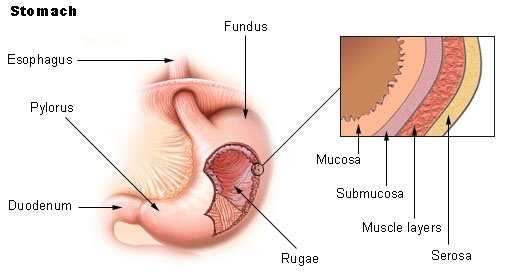Administration of drugs by targeting the mucosal membranes such as the lining of the mouth, vagina, and bladder is called mucosal drug delivery.

This system provides intimate contact between the dosage form and the absorptive mucosa and ensures a high drug concentration in the local treatment of diseases. Owing to the high permeability of the mucus membrane and the rapid absorption of drugs by this system, this drug delivery route ensures the controlled release of drugs over time.
This system incorporates adhesive molecules into the pharmaceutical formulations intended to stay in close contact with the absorption tissue to ensure the drug’s release near the drug-action site. This, in turn, increases the drug’s bioavailability and promotes local or systemic effects. The different mucosal routes of drug delivery are as follows :
- Buccal/oral route
- Nasal route
- Ocular route
- Vaginal route
- Gastrointestinal route
Mucosal Drug Delivery: Principles of bioadhesion / mucoadhesion

The attachment of a drug carrier system to a biological surface, such as the epithelial tissue or the mucus coat of the surface, is called bioadhesion. If the drug carrier gets attached to the mucus layer (substrate), it is termed mucoadhesion. The mechanism of mucoadhesion is not yet comprehensively explained by a single theory or principle. However, some theories explain this to a certain extent. These are as follows :
- Wetting theory of mucoadhesion – This is one of the oldest mucoadhesion theories and applies to liquid or low viscosity bioadhesives. This theory’s concept is the penetration of the adhesive agents into the surface irregularities of the substrate and its ultimate hardening, producing numerous adhesive anchors. The drug can get attached using these anchors.

- Electrostatic theory of mucoadhesion – The base principle is the possession of opposite charges on the biological surface and the adhesive layer. As a result of this, when the two layers come in contact, transfer of electrons occurs, and a double electronic layer is built at the interface. The attractive forces with this double layer determine the mucoadhesive agent’s strength.
- Diffusion theory of mucoadhesion – This theory explains mucoadhesion due to the interpenetration of the polymeric chains of the bioadhesive agent with the mucus layer. The glycoprotein mucin chains in the mucus layer are responsible for this interaction.
- Adsorption theory of mucoadhesion – The mucoadhesive agents’ adherence to the mucus layer is due to the secondary chemical interactions between the two layers. As per this theory, these interactions include Van der Waals forces, hydrogen bonds, electrostatic interactions, and hydrophobic interactions.


Pingback: General concepts in mucosal drug delivery > PharmaCampus
Pingback: Transmucosal permeability and Formulation considerations > PharmaCampus